This weekend she and I are booth buddies once more at Whiskey Flat Days in Kernville (and there really is no better person to share with than Jess) While this is not exactly an Expo, it is a multi-day event with a clear theme, so many of these tips and tricks apply. Two weeks following, her and I will be at the Long Beach Comic Expo, and maybe I'll blog about a few more things we learn along the way.
But for now, here is what we learned and will be applying to our upcoming events:
- Dress the Part
This is essential! Most expos have a theme, as do many events, and it helps when selling to dress to that theme. If you are selling at a Steampunk Expo, it helps to dress Steampunk. At Whiskey Flat Days Jess, Barb from Seeds of Inspiration, Dean from DPR Collectibles, and I are all wearing cowboy hats. Jess and I are going to be decked out in comic-themed T-shirts at the Comic Expo. Just as you would wear a suit and tie or a nice dress to a business interview or a fancy dinner, you want to wear the appropriate outfit for the circumstance. This means playing dress up. You and your customers get more out of the event and your booth and it makes you more approachable. The customers are there for the whole sha-bang and would you want to buy from someone at the Ren Fair who looks like they belong in a modern day cubicle? - Mix it up
There are many events and expos that last more than one day. When attending these events you'll find there are a lot of repeat customers. You'll find yourself saying "Howdy" or "Good Morrow" to the same people. You want to keep it interesting for them (and yourself). You want to give them a reason to come back to your booth after the second and third day. And the way to do this is to mix up your inventory. There are two way to do this.
The first is by putting out new inventory each day. If you are someone like Seeds of Inspiration or DPR Collectibles with their crazy amount of inventory, this will be no problem for you. If you have just enough of an inventory to fill your 10x10 or the space looks better if you just have everything out at once, like with Jess and I, the second method would be best for you.
This second method is simply rearranging your inventory each day. By doing this, the repeat customers will hopefully see something they didn't notice before. Something new will catch their eye. It could be something you had out since the beginning, but because you put it in a new place they have noticed it for the first time on the last day. And, as I said before, it keeps things interesting. - Match the theme
This is a lot like dressing the part. If people are coming to an event like Whiskey Flat Days or a Comic Expo, they are going there to see that specific theme. They want to see and want to buy things that match this theme. It is why they are there. At the Steampunk Expo, Jess and I made the mistake of not having enough Steampunk products. Learn from our mistake and prepare ahead of time to have the desired inventory that will interest the specific group of customers you can predict will be at your event. Whiskey Flat Days will be mostly focused on Cowboys and the Old West (and because Kernville and Lake Isabella is known for it's fishing I threw some of that in there to). I already have a large pile of Superhero themed fairy doors for the Comic Exo. Stick with the theme. You won't be sorry. - Play the Part
Again, a lot like dressing part and matching the theme. People who go to Expos or theme-specific events and Expos are there for the experience and the atmosphere as much as the shopping. Anyone whose been to the Ren Faire or a theme/amusement park knows and understands this. Chances are, if you are at an Expo or themed event, there will be some type of actors or characters walking around. At the Steampunk Expo there was one BlueBird who went around between shows playing the part of a pirate. Even customers came up to the booth with Victorian-age mannerism and slang or acting like robots. At the Comic Expo, Jess and I fully expect cosplayers. Play the part. It's part of the fun and it helps in not only drawing in customers but making the sale.
It can be a bit nerve wracking or uncomfortable, especially at first and especially if you don't know how to reciprocate interactions, but at least try. It will get easier the more you do it. Researching ahead of time about the theme and the event can help. Maybe going to the event as a participant first to get comfortable in the environment and to see how others, whether they are other sellers or characters, do it. Perhaps play it out with some of your friends ahead of time just to get comfortable. This does help and, again, keeps the event fun and interesting for both you and the customer well into the last day.
Think of it this way, you wouldn't talk to and act around your boss in the office the way you talk to or act around your friends hanging out on the weekends. You fit the way you talk, the way you interact to the circumstance, the same is true for the different places you sell. - Have enough inventory
This is a really big one and can affect everything from making an event worth your time financially and stress level to maintaining the appearance of your booth and everything in between. I've talked a bit before in other blogs about how important inventory is and that it is make or break for your business. If you don't have inventory, you can't sell anything and you have those red days that empty your bank account (because lets face it these bigger theme events and expos are an expensive investment) and put you in the negative. Basic Entrepreneurship 101. You don't make it, you literally don't make it.
So, it's safe to say we all know why it is important to have inventory, but what constitutes enough? How do you judge that? Off the number of days? Off of what can fill the whole of your booth space? The number of people who are expected to attend? We'd all like to come out of an event becoming millionaires, but if you're like me and you sell items in the price range of $5 or lower to about $35, this is not exactly a realistic goal.
What constitutes as "enough" is an ongoing discussion we've been having at Handmade in South Bay. Barb often points out you need to take all expenses into consideration. This includes booth fees, gas, food, parking etc. For longer, further away events this might also include a lodging or hotel fee. Jess's idea is once we have all that figured out, to quadruple the cost. This way we make triple what we spend, because you want to get more back than that initial cost for the whole event (the booth fee, gas, food, hotel/lodging, parking, etc.).Once Jess quadrupled the cost, she divided that amount by the number of different categories of items we make. For me that is eight different categories. From there we have an even price point across all the categories and can figure out how many items from each category can meet that price point.
For example, let's say an entire event (booth, gas, food, lodging, parking, etc.) costs $1,000 and I want to quadruple it. Now we're working toward $4,000. I have eight categories (dolls, doors, bottles, ornaments, houses, miniatures, pillows, and gardens). I divide my goal of $4,000 equally by my eight categories. This comes out to a goal of $500 of product for each category.
Now I need to know how many items in each category I need to make. My ornaments and bottles are all $8. I divide the goal for that category of $500 by the $8. This tells me I need to make 63 bottles and 63 ornaments rounded up.
Items like my houses and miniatures have prices that vary. My houses are anywhere between $8-$20 depending on the size and design. My miniatures can be anywhere from $5-$10. Here I take my lowest price point and use that to figure out how many items I need to make in that category. I already know I need at least $500 in each category, so for my houses I divide the $500 by the lowest price, $8, to get 63 houses. I divide the $500 goal by the lowest miniature price of $5 to get 100 of the miniature sets I need to make to meet the goal.
Once you know how many items you need to make from each category, it also helps to organize and schedule your time. - Last but not least for now, have some type of swipe, such as a square.
Being able to take a credit card can sometimes be the difference between a sale or not. Not everyone carries cash, and at the end of the day or near the end of the entire event some people are out of cash from spending it elsewhere. However, the vast majority of people have a credit card. Some device to take credit cards is a good thing to have at any event, not just multiday, themed ones or expos.
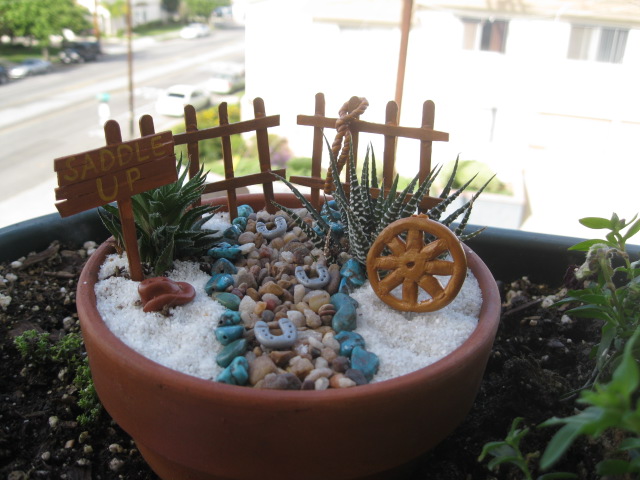
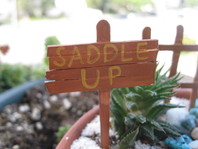
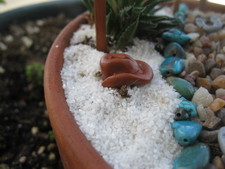
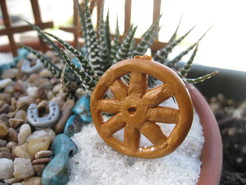
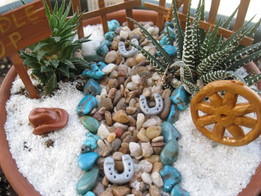
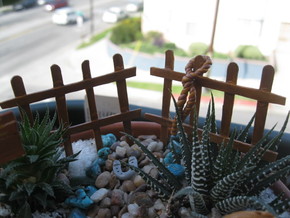
 RSS Feed
RSS Feed
